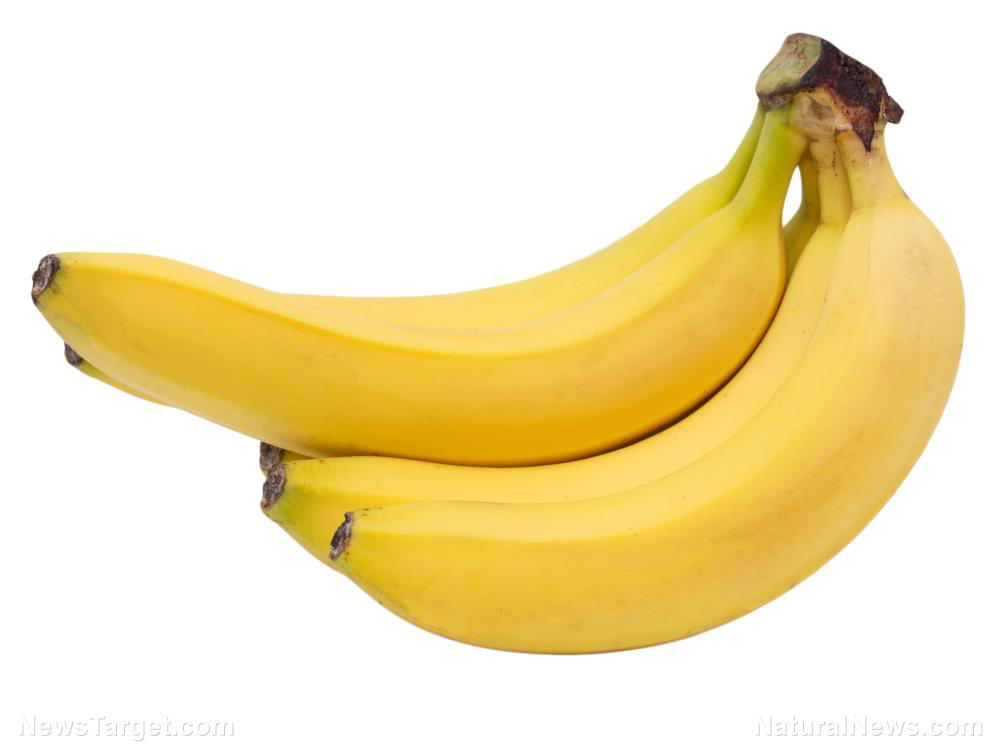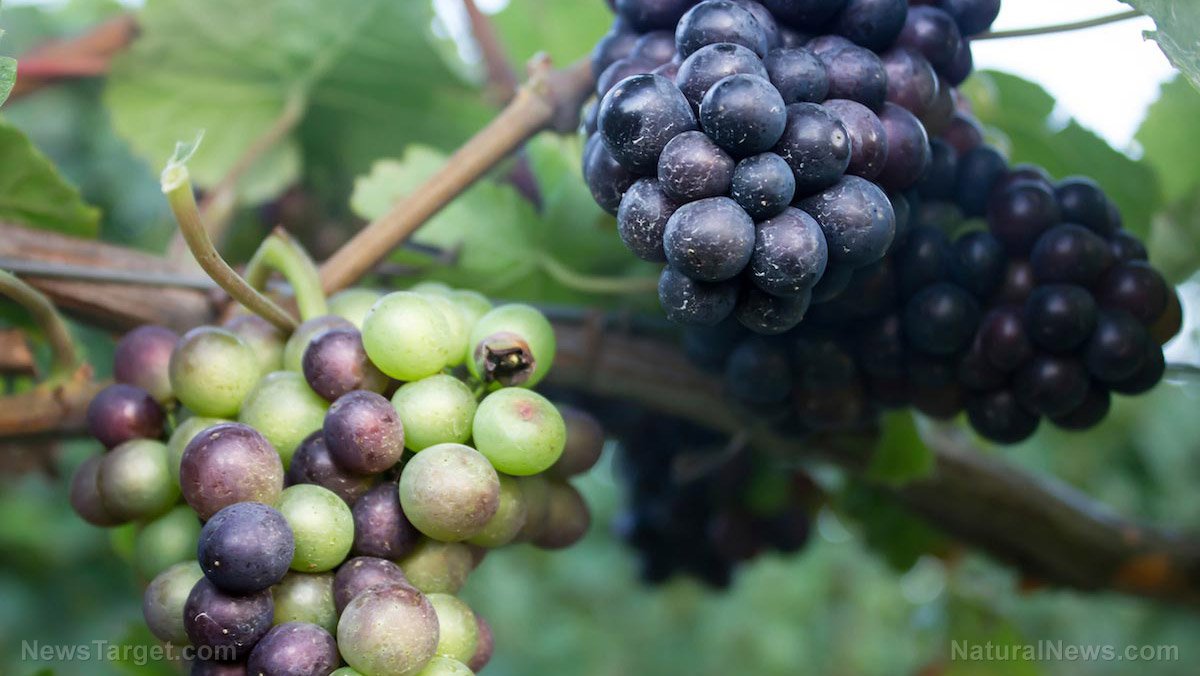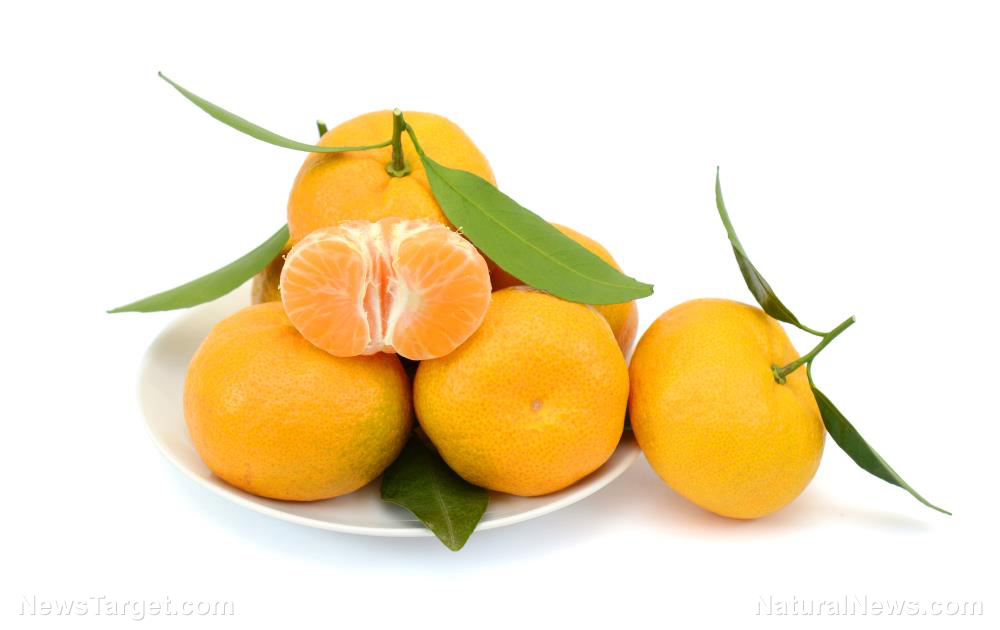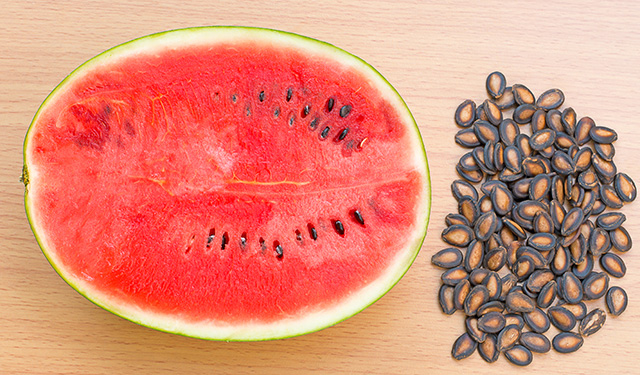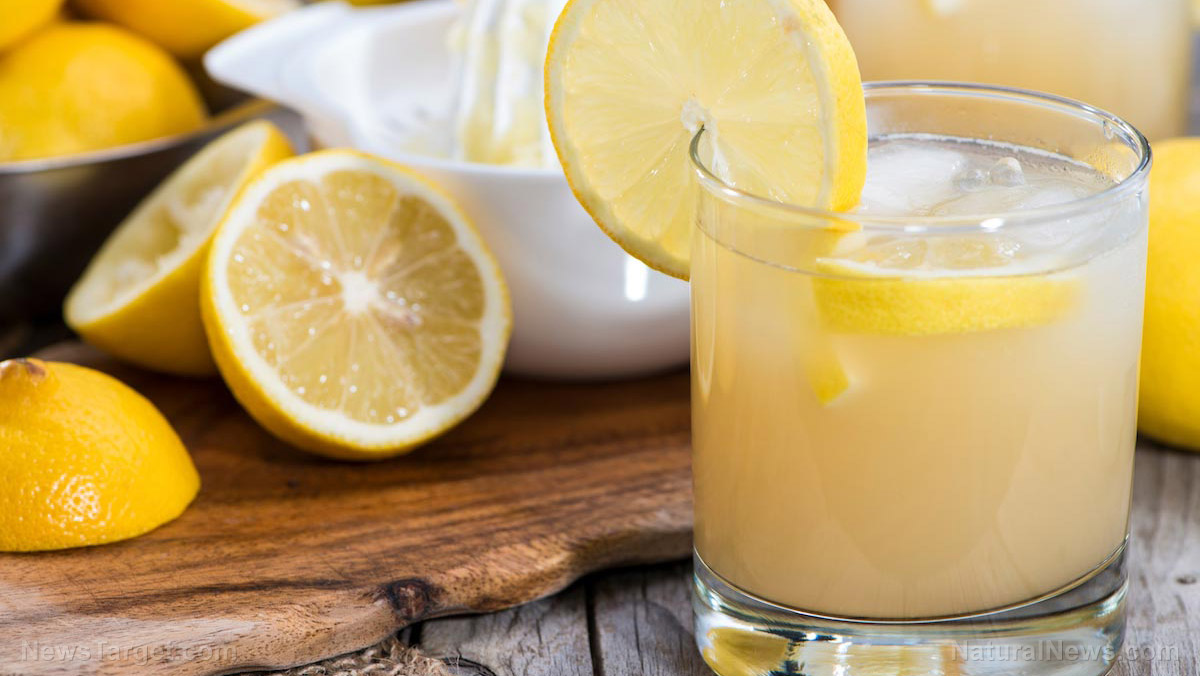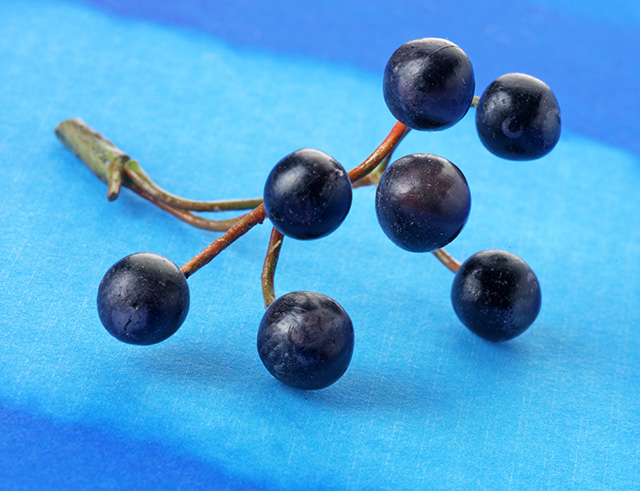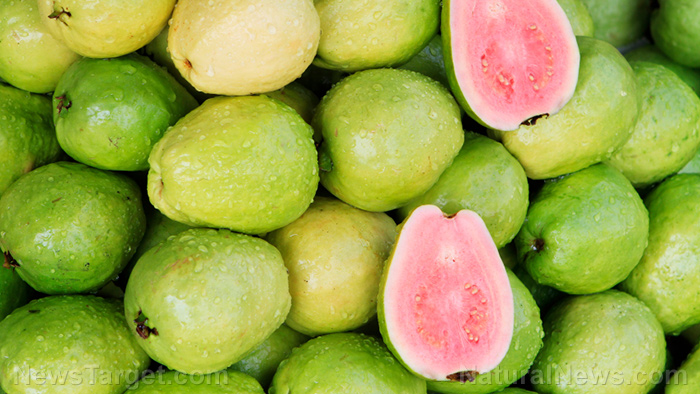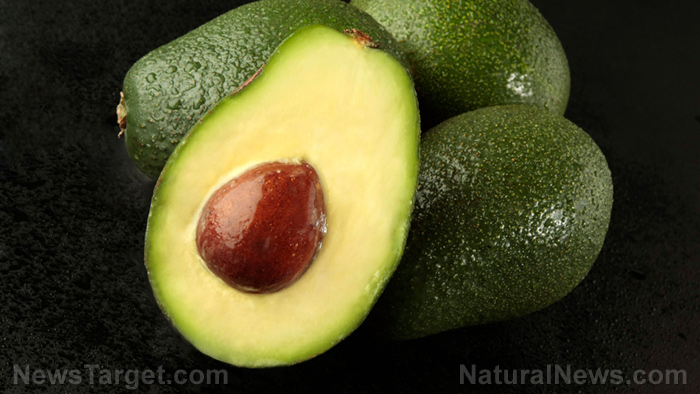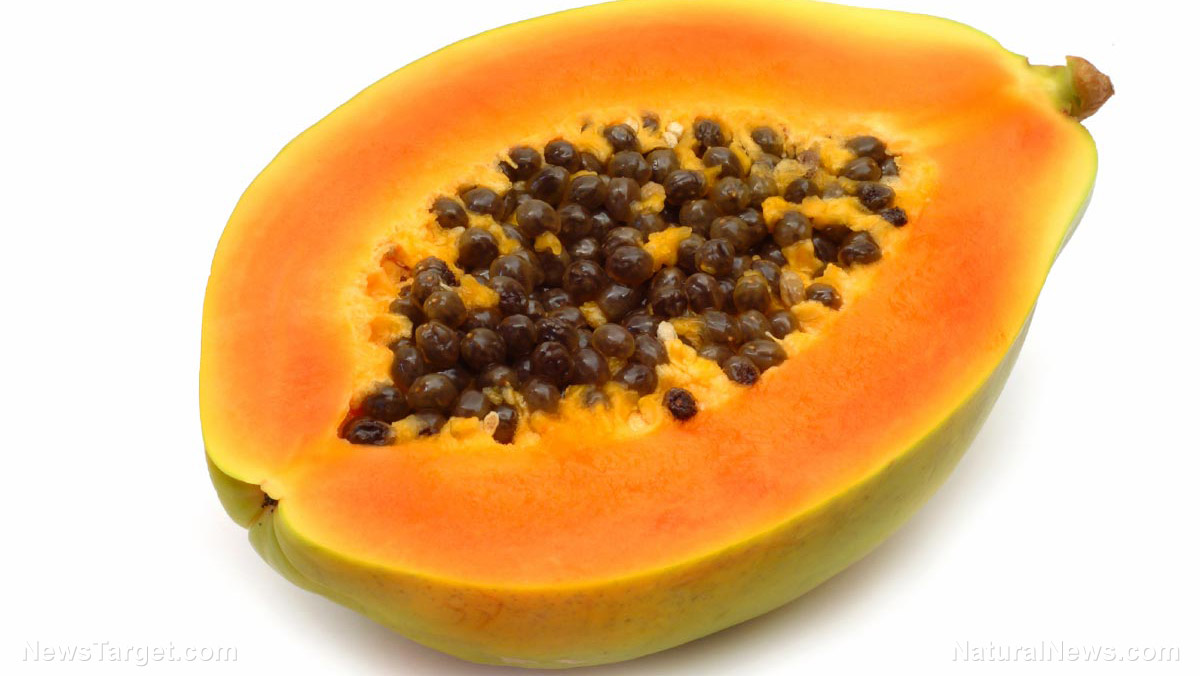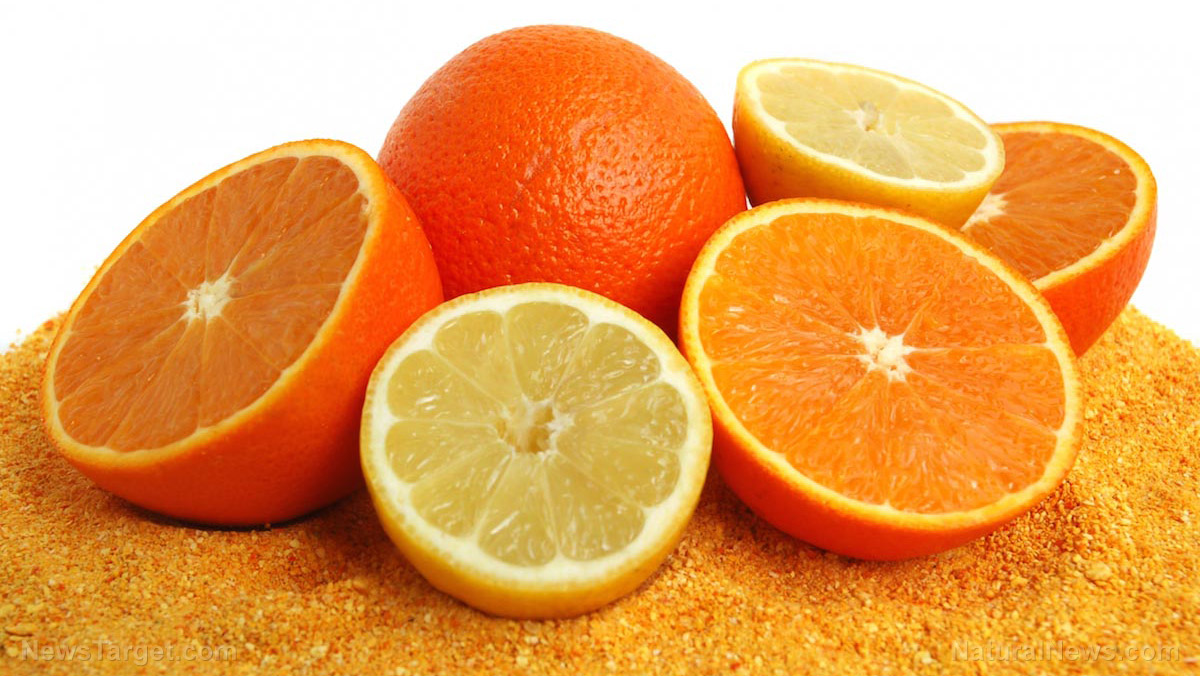Anthocyanins, abundantly found in berries, treat insulin resistance while managing cholesterol levels
09/12/2018 / By Isabelle Z.

Two of the biggest, most common health problems people face as they age are diabetes and heart disease. Although their mechanisms are different, scientists have discovered that one natural compound found in food can be helpful in both conditions.
Anthocyanins are a type of antioxidant that have been linked to several impressive health benefits. They’re found in many purple and red foods, such as blueberries, eggplant skin, cranberries, cherries, red cabbage, blackberries, pomegranates, and blackcurrants.
According to a meta-analysis carried out by researchers from Iran’s Tehran University of Medical Sciences, a daily dose of anthocyanins can spur significant improvements in LDL and total cholesterol. On top of that, researchers found that it improves insulin resistance.
They reached their conclusions after looking at 19 different randomized clinical trials that studied supplementation with anthocyanins in doses that ranged from 31.45 to 1,050 milligrams per day.
Many of the variables they looked at did not seem to respond to anthocyanins, but they did find a beneficial effect on HOMA-IR, a measurement of insulin resistance. In longer-term studies – those that went on for longer than 12 weeks – anthocyanin consumption also led to weight loss and lower BMI, but those effects were not noted in the shorter studies.
Meanwhile, at doses higher than 300 milligrams per day for longer than 12 weeks, they found improvements in cholesterol levels.
Unfortunately, the average daily intake for Americans is just 12.5 milligrams. Europeans fare slightly better, with men consuming 20 to 65 milligrams per day and women consuming 18 to 44 milligrams per day, on average.
Their findings were published in the journal Clinical Nutrition. Although the scientists would like to see further studies into this relationship, it’s clear that everyone should be making a better effort to consume more anthocyanins.
With cardiovascular disease being the top cause of death around the world, a heart-healthy diet is essential to avoid becoming one of the 28 million people who are expected to die from cardiovascular disease by the year 2030. Berry consumption is a safe and effective way to help decrease bad cholesterol in those who are overweight or obese in particular. A study from George Mason University in Virginia reached this conclusion after reviewing 12 randomized controlled studies on anthocyanins.
Anthocyanins could also prove useful in treating cancer
Anthocyanins are also good for another major health problem that is currently plaguing mankind: cancer. A study from researchers at the University of Eastern Finland found that anthocyanins help to increase the function of an enzyme in cancer cells known as sirtuin 6. According to their research, the anthocyanin in blackcurrants, lingonberries and wild bilberries known as cyanidin decreased the expression of certain cancer genes while raising the expression of a gene that suppresses tumors. They discovered that it was particularly beneficial in colon cancer.
Berries are one of the best sources of anthocyanins, and they’re also packed with fiber and other nutrients. Best of all, they happen to be delicious and incredibly versatile. Eat a handful of raw, organic berries, mix some into your oatmeal or yogurt, or use them to add a sweet touch to a green salad to give your health a boost. Berries can be expensive, so be sure to buy locally and in-season, and consider growing your own so you’ll always have a steady supply on hand.
Sources for this article include:
Tagged Under: anthocyanins, berries, Blueberries, cardiovascular disease, cholesterol, diabetes, diabetes prevention, food is medicine, fruits, heart health, high cholesterol, insulin resistance, Lingonberries, natural medicine, nutrients, prevent disease, prevention

